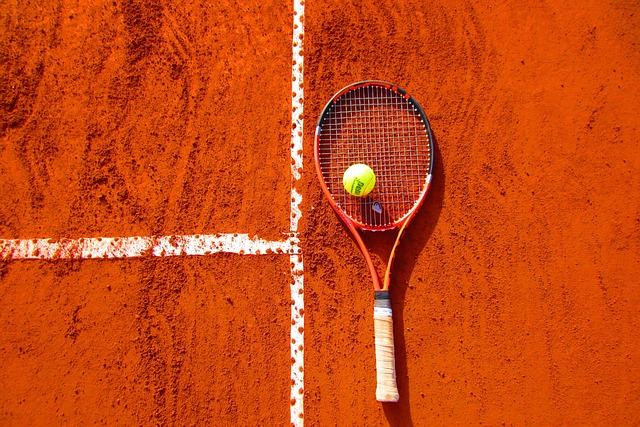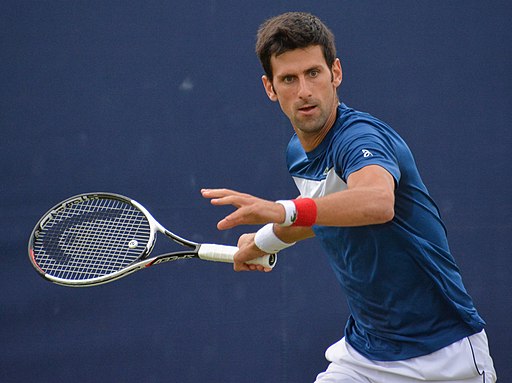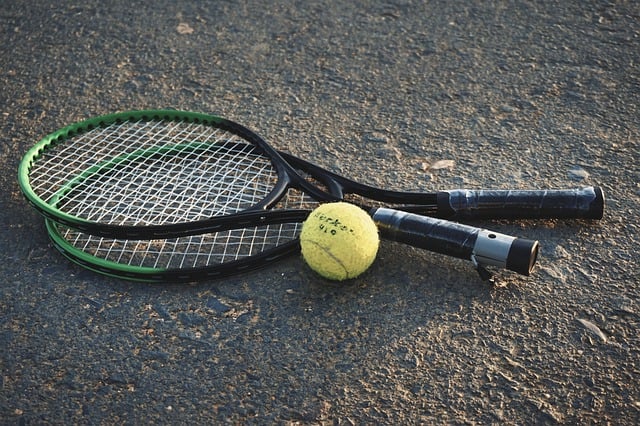Ranking in tennis is a player’s position based on performance, while seeding is the placement of top-ranked players in a tournament draw to avoid early clashes.
TL;DR Ranking Vs. Seeding
Player ranking takes into account factors such as match wins, tournament results, and points earned. It provides an objective measure of a player’s success and skill level. On the other hand, player seeding is determined by tournament organizers or governing bodies based on rankings but can also consider other variables like playing surface preferences or previous performances at specific tournaments.
What is player ranking in Tennis?

Player ranking in tennis is a numerical representation of a player’s performance and standing within the sport. It serves as a way to compare and assess players based on their past results and achievements. Rankings are determined by various governing bodies, such as the Association of Tennis Professionals (ATP) for men’s tennis and the Women’s Tennis Association (WTA) for women’s tennis.
These rankings take into account factors such as tournament wins, match records, and overall consistency. The more successful a player is in tournaments, the higher their ranking will be. This means that players who consistently perform well against tough opponents will see their rankings rise over time.
Rankings play an essential role in determining entry into prestigious tournaments like Grand Slams or other high-profile events. They also influence seedings in these tournaments, which we’ll explore further later on.
Rankings are dynamic and can fluctuate after each tournament based on players’ performances. So even if a player holds a high ranking at one point, it doesn’t guarantee them the same position indefinitely – they must continue to prove themselves against formidable competition.
Player ranking in tennis provides an objective measure of performance and helps determine eligibility for major tournaments. It reflects not only current accomplishments but also serves as motivation for players to constantly improve their game and strive towards achieving higher ranks.
What is player seeding in Tennis?
Player seeding in tennis is a crucial aspect of tournament preparation and organization. Seeding refers to the process through which players are assigned a specific rank or position in the tournament draw based on their performance and ranking.
The purpose of seeding is to ensure that top-ranked players are strategically placed in the draw, thereby minimizing the chances of early clashes between strong contenders. This system aims to create a fair competition by rewarding higher-ranked players with favorable matchups.
Seeding is determined by various factors, including player rankings, previous performances, recent form, and surface expertise. The higher the seed number assigned to a player, the better their chances of being placed away from other highly ranked opponents until later rounds.
For example, if Novak Djokovic is seeded as number one for a tournament, he will be positioned at the top half of the draw while another high-ranking player like Rafael Nadal may be placed at the bottom half. This ensures that they will only face each other in potential final matches rather than earlier stages.
In essence, player seeding plays an integral role in creating excitement and maintaining fairness throughout tennis tournaments by strategically placing top-ranked players within draws.
Ranking Vs. Seeding – Key Differences
| Aspect | Ranking | Seeding |
|---|---|---|
| Definition | Numerical position based on performance | Tournament organizers' placement strategy |
| Purpose | Determines player's overall standing | Organizes the tournament draw |
| Calculation | Based on a player's results over time | Determined by tournament organizers |
| Influences Draws | No, ranking doesn't impact the draw | Yes, seeding directly affects the draw |
| Player's Control | Depends on player's performance | Decided by tournament officials |
| Changes | Updates regularly based on performance | Decided before the tournament begins |
| Impact on Play | Reflects overall skill level | Aims to ensure fairness in early rounds |
Examples from Major Tennis Tournaments

To illustrate the differences between ranking and seeding in tennis with examples from major tournaments:
Ranking
A player’s ranking is determined by their performance over an extended period, usually based on a rolling 12-month system. For example, a player’s ATP or WTA ranking is based on their performance in various tournaments over the past year.
A player’s ranking reflects their overall skill level and consistency in competition. It does not directly impact the draw in a specific tournament.
Seeding
In major tennis tournaments like Wimbledon, the Australian Open, the French Open, and the US Open, players are seeded based on their rankings to ensure competitive fairness.
For instance, the top-seeded players (usually the highest-ranked players) are strategically placed in the draw to avoid facing each other in the early rounds. This is done to maximize the chances of these top players progressing deeper into the tournament.
Seeding aims to prevent top-ranked players from meeting in the first or second rounds, which would result in unbalanced and less competitive matches.
The seeding can vary from one tournament to another and is determined by the tournament organizers in accordance with the players’ rankings at the time of the event.
For example, if Novak Djokovic is the world No. 1 in the ATP rankings, he would likely be seeded as the top seed in a Grand Slam tournament like the US Open, meaning he would be placed in a different part of the draw from other top-seeded players to avoid an early matchup with them. This seeding arrangement helps maintain a competitive and exciting tournament.
Image Credits
Featured Image By – Diego Ortiz from Pixabay
Image 1 By – Cynthiamcastro from Pixabay
Image 2 By – Carine06 from UK, CC BY-SA 2.0 , via Wikimedia Commons








